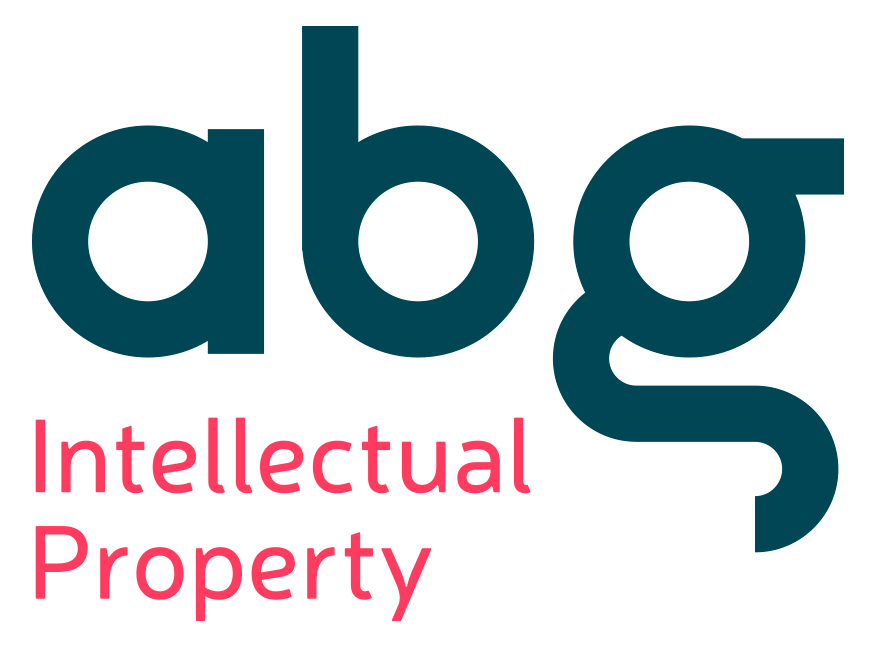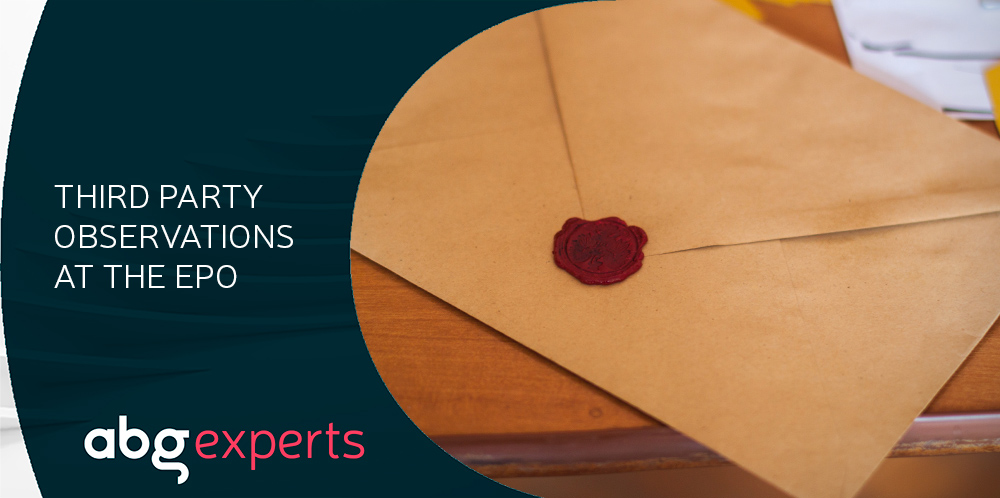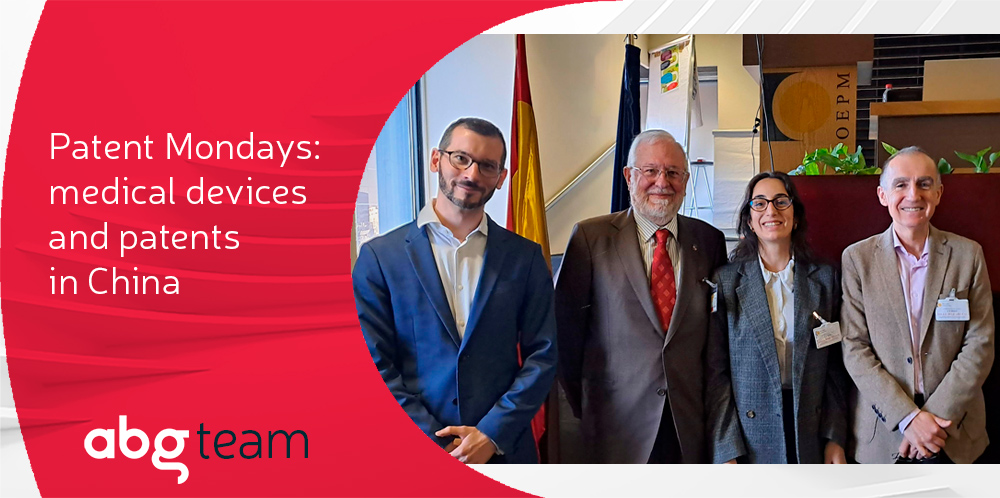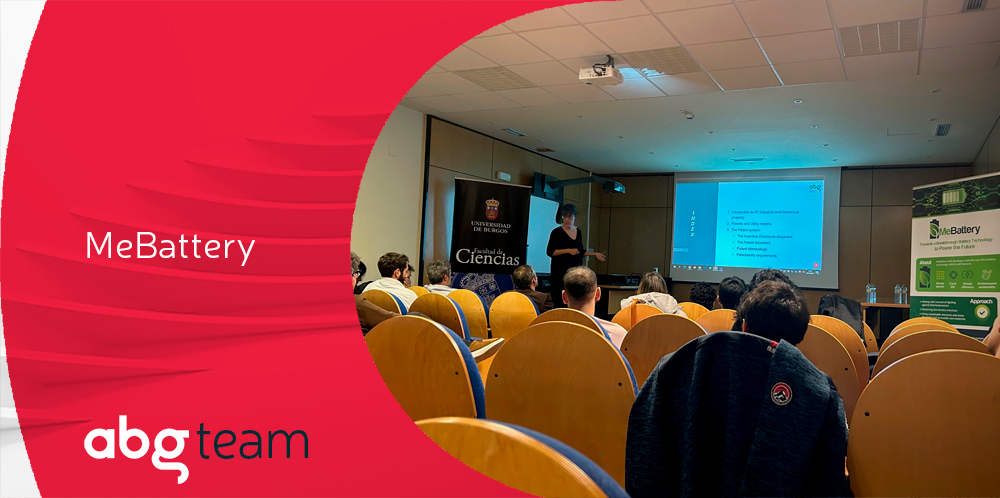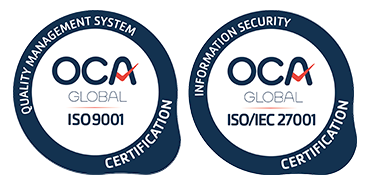The European patent system provides for the possibility that any third party may submit observations against a European patent application in order to prevent it from being granted or, at least, try to have it granted with a lesser scope of protection than the one originally claimed by the applicant.
In this way, it is possible to send to the examiner in charge of that patent application prior art documents relevant to the patentability of the invention that were not located in the searches or to point out to the examiner any deficiency in the application that may have gone unnoticed.
Ultimately, it is an efficient and cost-effective mechanism to try to influence the granting of a patent.
Who can submit third party observations before the EPO?
The European Patent Convention establishes that any person may submit observations to a European patent application or a European patent pending before the European Patent Office (EPO).
There is no obligation to identify the party behind the observations. Therefore, such observations may be submitted in the name of the party truly concerned or in the name of a “straw man” (for example, a European patent agent) or even anonymously.
Regardless of which of the above forms is used for the submission, the third party submitting the observations is not party to the proceeding and, therefore, does not enjoy the rights that the parties have, such as the right to appeal or the right to be heard.
It should be noted that if the observations are not submitted anonymously, and are substantiated, the EPO will make every effort to issue its next communication in a maximum period of three months from the time the examining division receives the third party observations (or from the time the applicant responds to the EPO, if the deadline for the applicant to respond to a prior notification from the EPO is pending at the time of receipt of the observations). Thus, the submission of non-anonymous third party observations concerning a patent application at the EPO can allow a first opinion on them to be obtained quickly.
In some inter partes proceedings, the EPO has rejected third party observations due to the fact that they were submitted anonymously (see decisions of the EPO Board of Appeal T146/07, T1439/09, T345/15, T1635/15), since in this case it is not possible to know if the observations are really from a third party or if it is a possible covert abuse of one of the parties to the proceeding.
When can third party observations be submitted before the EPO?
Third party observations can be submitted after the publication of the European patent application and while the application or patent is pending before the EPO.
In this sense, observations submitted up until before the grant decision has been delivered to the EPO’s internal mail service or before a decision is issued in the case of an oral proceeding will be taken into account.
In any case, it is advisable to submit the observations as soon as possible, to ensure that the examiner gives them the necessary consideration. For this reason, it is important to maintain adequate technological monitoring that allows to detect potentially conflicting patent applications early in order to act as soon as possible.
Third party observations are not limited to pre-grant proceedings and can therefore also be submitted during opposition, appeal, limitation or revocation proceedings before the EPO.
In accordance with EPO case law, third party observations submitted after the opposition filing period has expired (i.e., nine months from the grant of the patent), as well as any new fact or evidence submitted by the parties once that period has expired, shall be considered a late submission and, therefore, their admissibility will be at the discretion of the opposition division depending on whether or not they are considered sufficiently relevant for such purpose (T1756/11).
On what grounds can third party observations be submitted before the EPO?
Third party observations may be submitted in relation to the patentability of the invention to which the patent or patent application in question relates. Therefore, the observations can be based on the requirements established by any of the Articles of the European Patent Convention (EPC):
-
-
- 52: patentable inventions,
- 53: exceptions to patentability,
- 54: novelty,
- 56: inventive step,
- 57: industrial application,
- 83: sufficiency of disclosure,
- 84: clarity
- 76 or 123: non-allowable amendments.
-
If the prior art on which the observations are based is not a published document, but rather an alleged prior use, it will only be taken into account if the facts related to it are not disputed by the applicant or are proven in the observations beyond any doubt (T908/95, T73/86, T301/95).
It is not possible to submit third party observations in relation to formal aspects.
How can third party observations be submitted before the EPO?
Observations must be submitted in writing, in an official language of the EPO (i.e., English, French or German) and must explain the grounds on which they are based.
Publications or documentary evidence on which the third party observations are based can be provided in any language, although the EPO could request a translation into one of its official languages, if it considers it necessary, to take them into account, as long as the observations were not anonymous and, therefore, the third party was locatable.
It is possible to submit the observations by any of the means allowed for the submission of documents in the EPO, such as mail, fax or electronic submission. The EPO recommends the use of the online form designed by the EPO to facilitate the submission of concise and reasoned observations that can be easily evaluated by examiners, although it is not essential to follow this format.
There is no official fee for the submission of third party observations.
What is the procedure for third party observations submitted to the EPO?
Once the third party observations have been received, the EPO includes them in the file of the patent application or patent to which they refer, and informs of their submission to the corresponding applicant or proprietor, who can submit comments on such observations.
The examination or opposition division, as the case may be, will review the observations and include comments as to their relevance in the next substantive communication. If observations are received when the application is no longer pending before the EPO, they will not be taken into account. However, they would be taken into account if the case is subsequently reopened, for example, through opposition or limitation proceedings.
Since the third party submitting the observations is not party to the proceeding, he will not be informed about the progress of the proceeding, but he may check on it in the electronic file of the patent application or the patent through the EPO Registry.
There is no limit in relation to the number of third party observations submitted on the same file. Therefore, it is possible to submit several third party observations on the same patent or patent application.
What differences are there between third party observations and oppositions?
Both the submission of third party observations and of oppositions aim to prevent, or at least influence, the granting of a European patent. However, there are important differences between the two proceedings, which are summarized below.
- Third party observations can be submitted during the processing of the patent application and, therefore, could serve to prevent the patent from even being granted or to have the patent granted a limited scope of protection. On the contrary, it is only possible to file an opposition once the European patent has already been granted.
- Lack of clarity is not a ground for opposition in the EPO, while it is possible to allege non-compliance with this requirement in the observations. Therefore, if a third party wishes to challenge the clarity of the claims, he should do so by submitting third party observations to the patent application.
- The submission of third party observations does not require the payment of an official fee and only entails a single intervention (at the time of submitting the observations), making it a much cheaper procedure than filing an opposition.
- On the downside, the third party submitting the observations is not party to the proceeding and, as a consequence, cannot intervene during the proceeding to respond to the applicant or proprietor, nor does he enjoy, for example, the right to appeal the EPO’s decision, which a party to an opposition does indeed enjoy. To some degree, the shortcoming can be offset by submitting additional third party observations.
|
Third party observations |
Oppositions | |
| Term | From the publication of the application until its grant.
After the grant only if the case is reopened |
Nine months from the grant of the patent |
| Grounds: lack of clarity | YES | NO |
| Official Fee | NO | YES |
| Status of the third party that initiates the proceeding | Not party to the proceeding | Party to the proceeding |
When might it be better to file an opposition instead of third party observations?
There are situations in which it may be preferable to file an opposition after the grant of the patent instead of third party observations prior to the grant of the patent.
A first reason is that, after the grant, the amendments to the text of the patent that the proprietor can make are more restricted. Post-grant modifications must not add subject matter to the text as originally filed (Article 123(2) EPC) nor extend the protection initially granted for the patent (Article 123(3) EPC), while before the grant only Article 123(2) of the EPC comes into play. Waiting for the grant could put the proprietor in a more complicated position than if the same defect is noticed when the application is still pending and can be more freely amended. This must be assessed on a case-by-case basis.
Secondly, it must be borne in mind that the submission of third party observations before the grant also will alert the applicant that the patent application may affect the third party interests or that an opposition is likely to be filed against it later. This could cause the applicant to seek to strengthen his position, for example by filing divisional applications, or validating his patent in more countries than initially anticipated.
Conclusions and recommendations
The submission of third party observations represents a fast and cost-effective way to try to avoid the granting of a European patent or, at least, limit its scope of protection.
It is, therefore, a very useful tool to influence the processing of a patent application before it is granted. This also allows challenging the validity of the claims based on more grounds than those accepted in post-grant proceedings, such as oppositions or actions for invalidation.
Although the third party submitting observations is not party to the proceedings and therefore cannot intervene to respond to the applicant’s observations or defend his position before the relevant EPO division, this may be an irrelevant limitation if the evidence against patentability of the invention is really strong.
In short, the submission of third party observations is a very useful mechanism to undermine a patent application. However, its convenience will depend on each specific case and the stage of the procedure. For this reason, we recommend consulting with a patent attorney to evaluate the situation and determine the most appropriate way to act in each case.
Legal Basis
- European Patent Convention: Article 115 and Rule 114 EPC.
- Guidelines for Examination in the European Patent Office: E-VI, 3.
- Official Journal of the EPO: OJ 2011, 418 and OJ 2017, A86.
